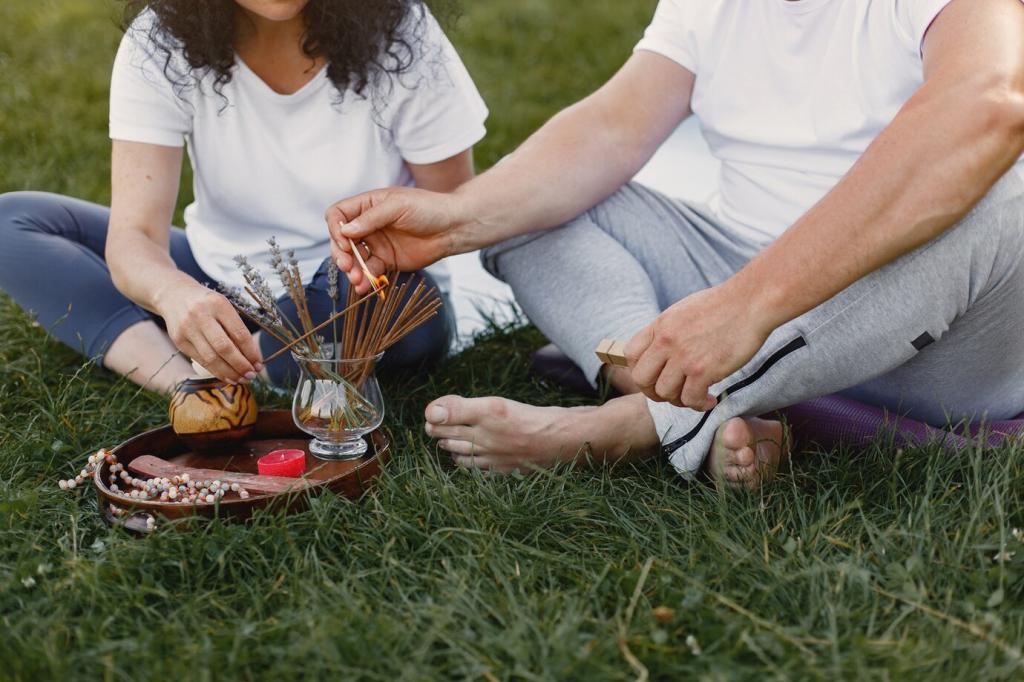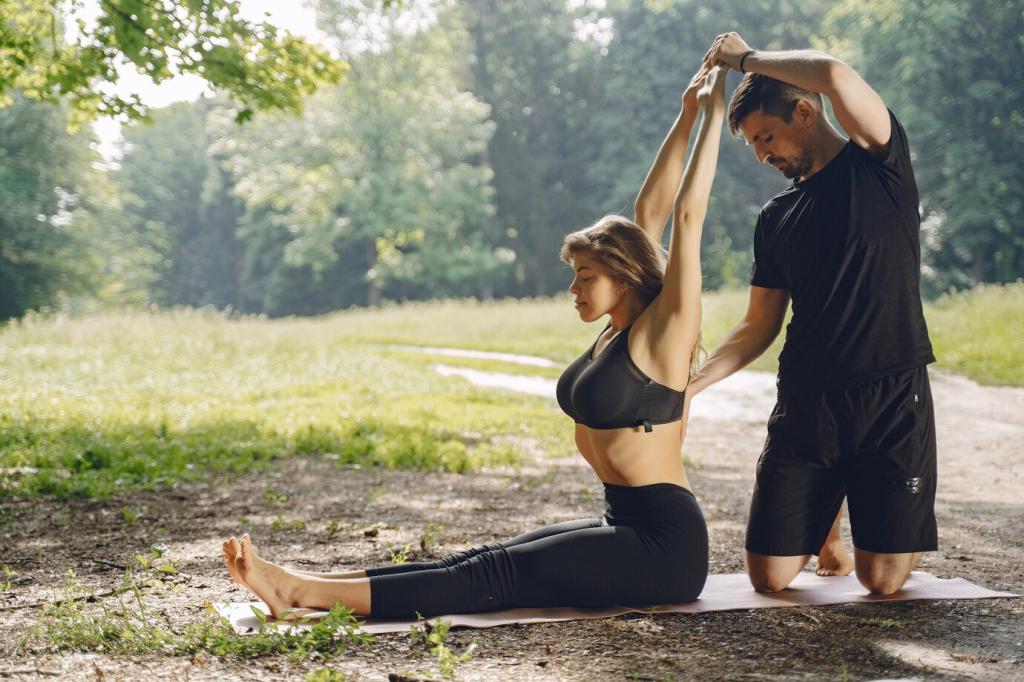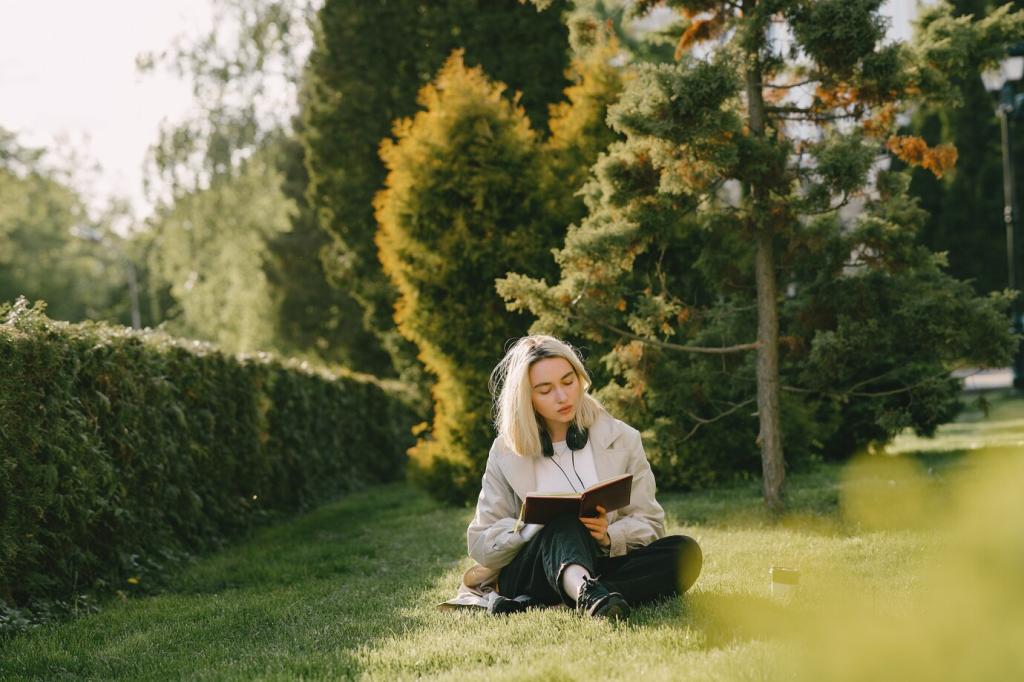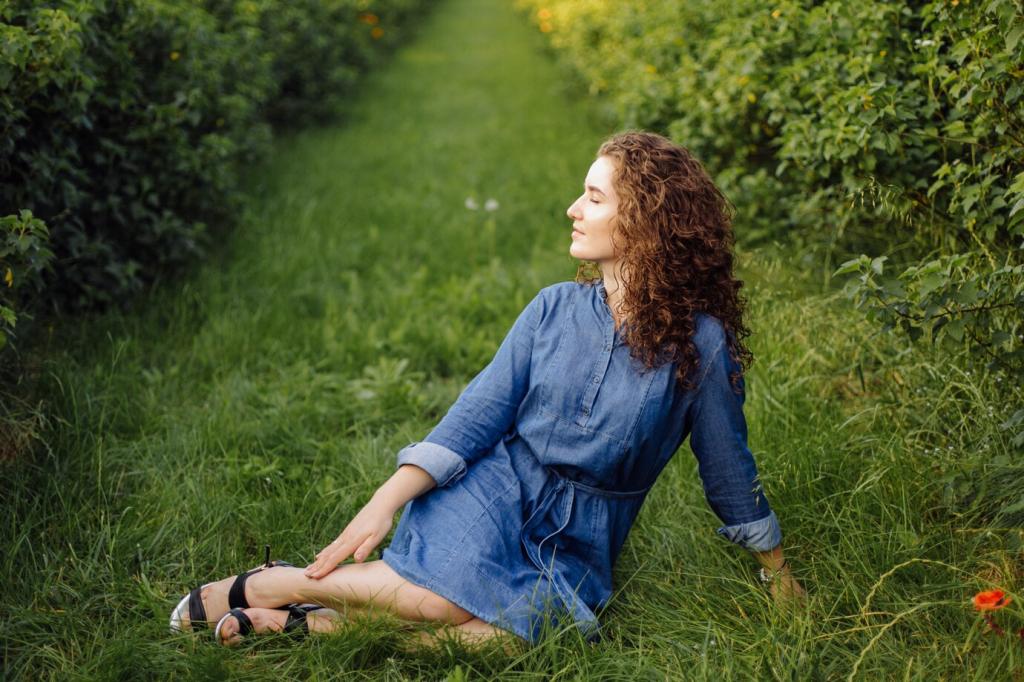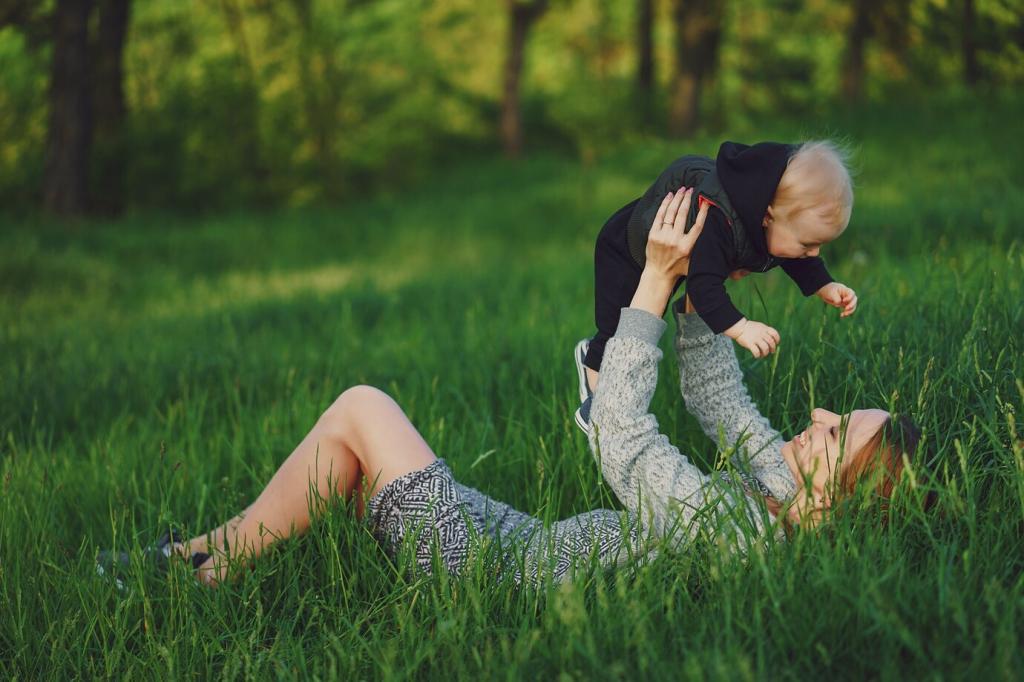Building a Nature-Inspired Palette for Therapy Spaces
Start with an anchor color—perhaps a soft forest green or river clay—covering most walls. Add one gentle accent, like sea-glass blue, to guide focus. Finish with atmospheric notes in textiles and art. The palette should whisper, not shout, so emotions can speak. Share your anchor color picks below.
Building a Nature-Inspired Palette for Therapy Spaces
Colors borrow meaning from material. A sandy beige in linen breathes differently than the same hue in glossy paint. Combine matte walls, natural wood, woven grasses, and stone-inspired ceramics to deepen the palette’s calm. Texture invites touch, slowing the nervous system. Post a photo of your favorite soothing texture inspiration.
Building a Nature-Inspired Palette for Therapy Spaces
Daylight shifts color temperature hour by hour. Test swatches at sunrise, noon, and dusk before committing. In artificial light, warm LEDs can enrich greens, while overly cool bulbs may flatten them. Aim for balanced, indirect light, then dimmers for regulating sessions. Subscribe for our lighting checklist and swatch-testing guide.
Building a Nature-Inspired Palette for Therapy Spaces
Lorem ipsum dolor sit amet, consectetur adipiscing elit. Ut elit tellus, luctus nec ullamcorper mattis, pulvinar dapibus leo.

